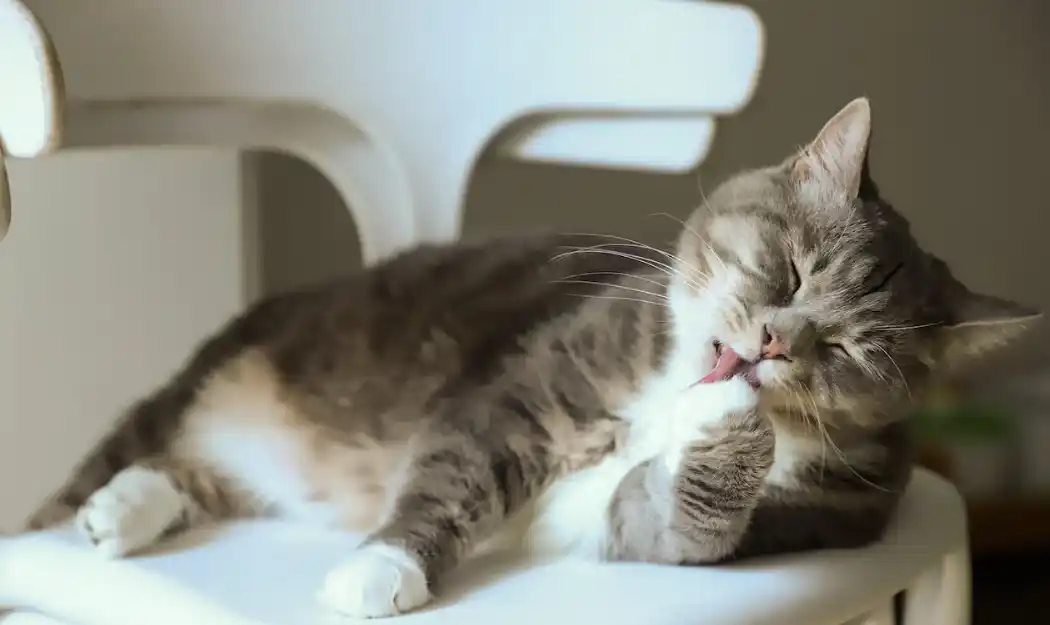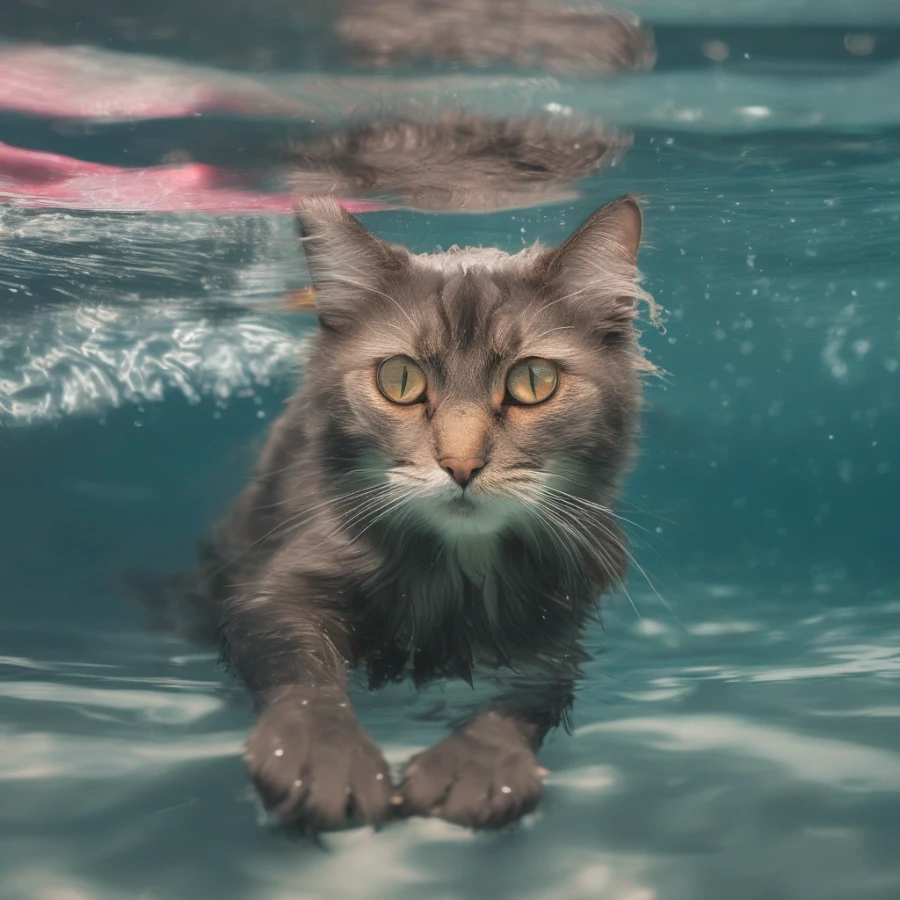Are cats ticklish

Published by: CatsLib
5 Min Read
Cats have areas on their bodies that are more sensitive than others. These areas often include their paws, belly, and sides. Some cats might react with a twitch, flinch, or play behavior if these areas are touched in a particular way. It's not the same kind of laughter-inducing ticklishness that humans might experience, but rather a reflexive response to a sensitive area being stimulated.
Each cat is different, and their reactions can vary widely. Some cats might enjoy gentle belly rubs, while others might not tolerate them at all. It's important to pay attention to your cat's body language and reactions to determine what they enjoy and what they don't.
Always be gentle and respectful when interacting with your cat, and if they show signs of discomfort or irritation, it's best to stop and avoid overstimulating them.
Where are cats ticklish
Cats can have sensitive areas on their bodies that might lead to playful or twitchy behavior when touched. However, it's important to remember that the sensation cats experience is not exactly the same as human ticklishness. Cats have various sensitive spots that can provoke a response:
Belly: Many cats have a sensitive belly area. Some cats might allow you to gently rub or scratch their bellies, while others might respond by playfully biting or swatting. It's crucial to approach the belly area with caution, as some cats can become defensive if they feel vulnerable.
Paws: Cats' paws are another sensitive area. Gently touching or squeezing their paws might lead to them playfully batting at your hand or pulling their paw away.
Tail: Some cats are sensitive about their tails. Lightly touching or tugging on their tail might cause them to react with a twitch or turn around to investigate.
Flanks/Sides: The sides of a cat's body, also known as their flanks, can be sensitive for some cats. Light touches or gentle scratching might provoke a response.
Ears: Cats' ears are also sensitive. Some cats might enjoy having their ears rubbed, while others might find it uncomfortable.
Whiskers: Whiskers are highly sensitive structures for cats. Touching or pulling on their whiskers might cause them to react.
Back: Some cats might respond playfully if you lightly tap or stroke their back.
It's important to approach these sensitive areas with care and to pay attention to your cat's reactions. Every cat is different, so what might be enjoyable for one cat might not be appreciated by another. Always be gentle and respectful in your interactions with your cat, and stop if your cat shows signs of discomfort or irritation.

How to tickle a cat
Tickling a cat in the way humans tickle each other isn't the same for cats. Cats have sensitive areas that might lead to playful reactions, but it's important to approach them in a gentle and respectful manner. Here are some tips for interacting with your cat in a way that might provoke a playful response:
Belly Rubs: Some cats enjoy gentle belly rubs, but not all do. Approach this area with caution, and if your cat allows it, use very light and slow strokes. Be prepared for your cat's reaction, as some may swat or bite playfully.
Chin and Cheeks: Many cats like chin and cheek scratches. Gently petting or scratching under their chin or on their cheeks might lead to purring and head tilting.
Paw Play: Gently tapping or lightly squeezing a cat's paw might elicit a playful reaction. You can also use toys that mimic the movement of small prey to engage their paws in play.
Tail Tease: Some cats might respond to gentle tugging or tapping on their tail. Be careful not to pull too hard or cause any discomfort.
Interactive Toys: Feather wands, string toys, and laser pointers can engage a cat's natural hunting instincts and lead to playful behavior.
Playful Strokes: Lightly stroking a cat's back, sides, or head might evoke a playful response. Pay attention to your cat's body language and adjust your actions based on their comfort level.
Remember that every cat has a different personality and preferences, so what works for one cat might not work for another. Always observe your cat's reactions and body language. If your cat seems uncomfortable, stressed, or annoyed, it's important to stop and give them space.
It's essential to treat your cat with respect and prioritize their well-being. Avoid overstimulating them or causing any distress. Building a positive and playful relationship with your cat is based on understanding their unique preferences and boundaries.



